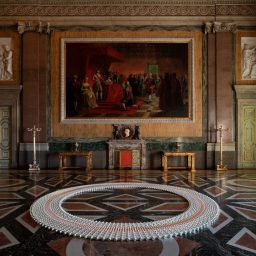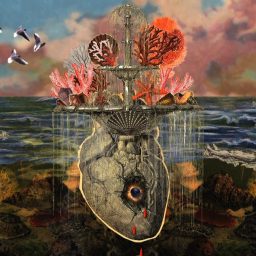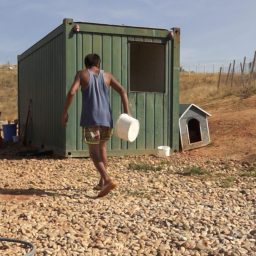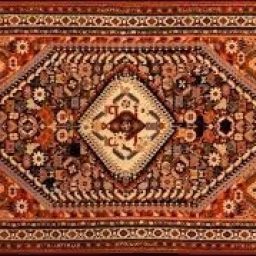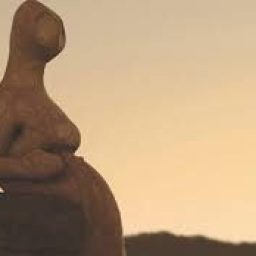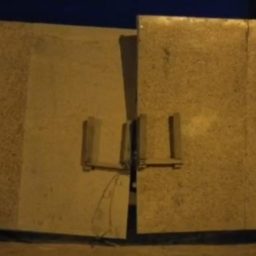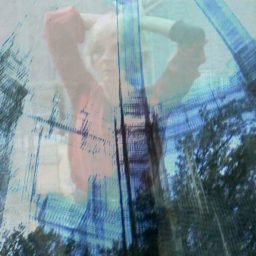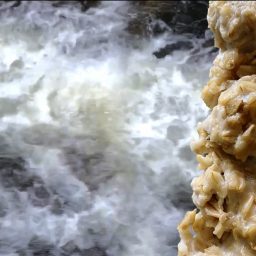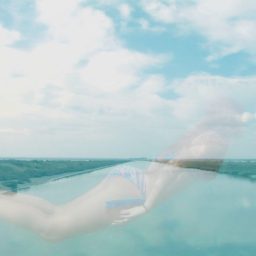
Rassegna di Video Arte
Quando si guarda un video non ci si chiede come andrà a finire o qual è lo storytelling che lega insieme il racconto rappresentato, lo si osserva, piuttosto, con la volontà di farsi sopraffare da energie ed emozioni particolari, con la voglia, cioè, di vivere a pieno quella determinata esperienza. L’artista persegue in questi casi la ricerca sul significato della rappresentazione codificata del territorio, e non solo, ma anche mostrare le complesse problematiche che lo sottintendono, giungendo a descrivere in questa occasione, la condizione ultima della perdita di rapporto con il luogo, svincolandosi talvolta da ogni legame con ciò che si racconta. Segnala con i suoi lavori le varie condizioni che contraddistinguono la contemporaneità ovvero la perdita con un rapporto effettivo con il luogo che ci circonda. La video arte cerca con i suoi linguaggi una relazione tra la visione e le parole, tra l’andare del tempo e il fermo del nostro inconscio, dove è ancora possibile un disvelamento “poetico” e la messa in visione di efficaci meccanismi di sorpresa. Il modus linguistico come suggestione mentale e come processo di immagini e per soggetti, rivelando o suggerendo il movimento nella fuga dal reale, dove la gestione del tempo narrativo è dunque un elemento chiave per comprendere la distinzione tra queste metodologie, in cui oramai l’opera è il luogo dei conflitti tra realtà e apparenza, tra verità e bellezza, dove si sublima l’orizzonte. Rappresentano questa visione gli artisti: Adriana Omodei, Shay Frisch, Fabrizio Passarella, Antonio Trimani (Italia), Nevet Yitzhak, Ruth Patir (Israele), Gaz Ejupi, Majlinda Kelmendi (Kosovo), Dilek Winchester (Turchia) che ci presentano una realtà composita e universale.
Le riflessioni su questi video, e dell’arte in generale, e ai meccanismi che li legano alla realtà storica e sociale o intima in cui si vive, sono il perno centrale di questi lavori. Piuttosto che costituire una semplice acquisizione della realtà tradotta in formalismi ed estetismi nuovi, anche se le nuove tecnologie sempre più complesse e estetizzanti sembrano dire il contrario, ribadiscono che l’arte deve riuscire a racchiudere e a trasmettere una carica eversiva, un segnale di pericolo, una forza propulsiva e propositiva. Ma anche un messaggio per come procedere nell’universo umano della poesia.

